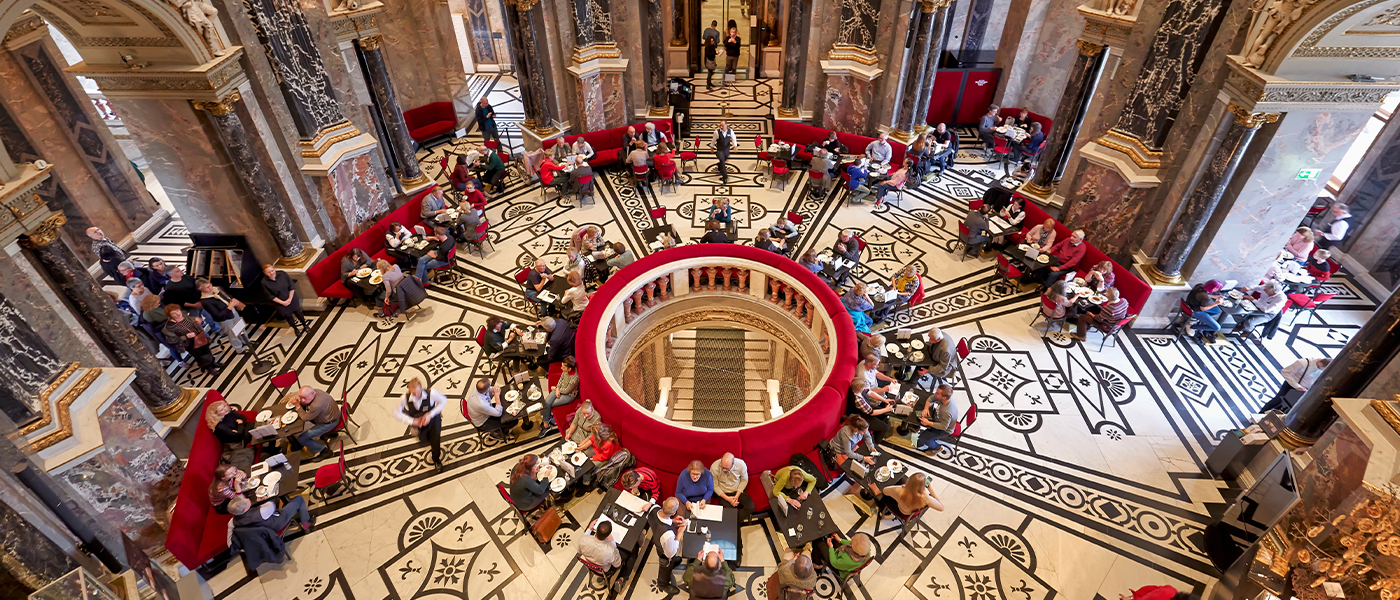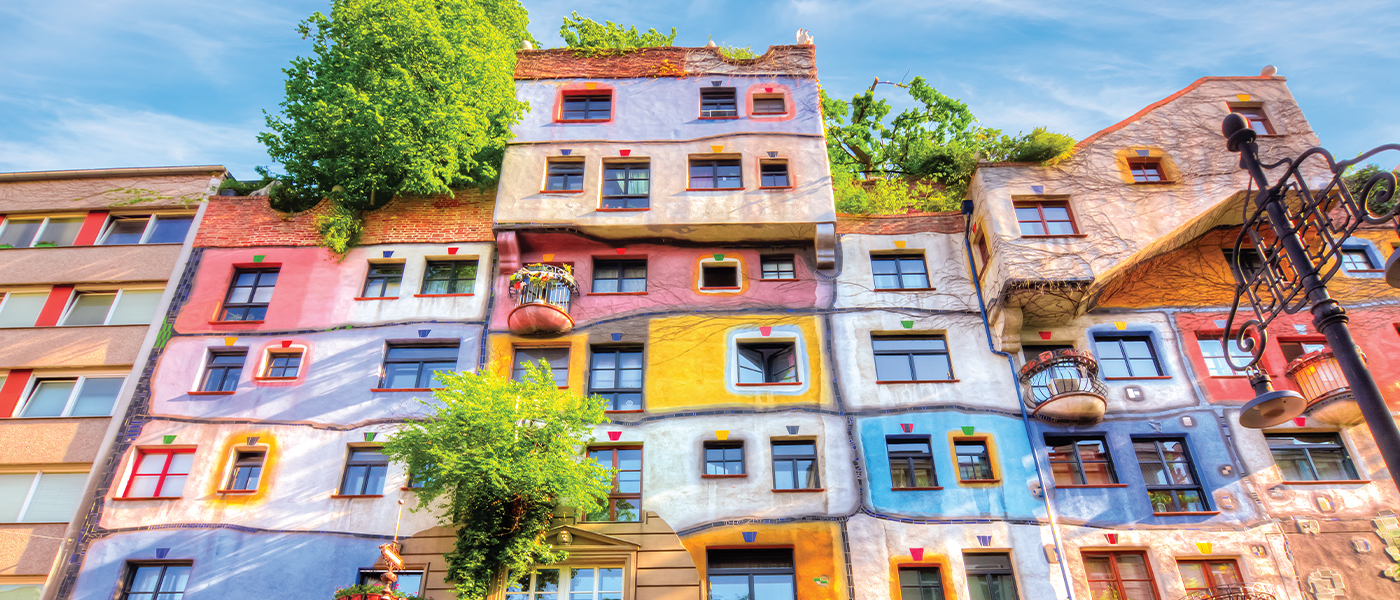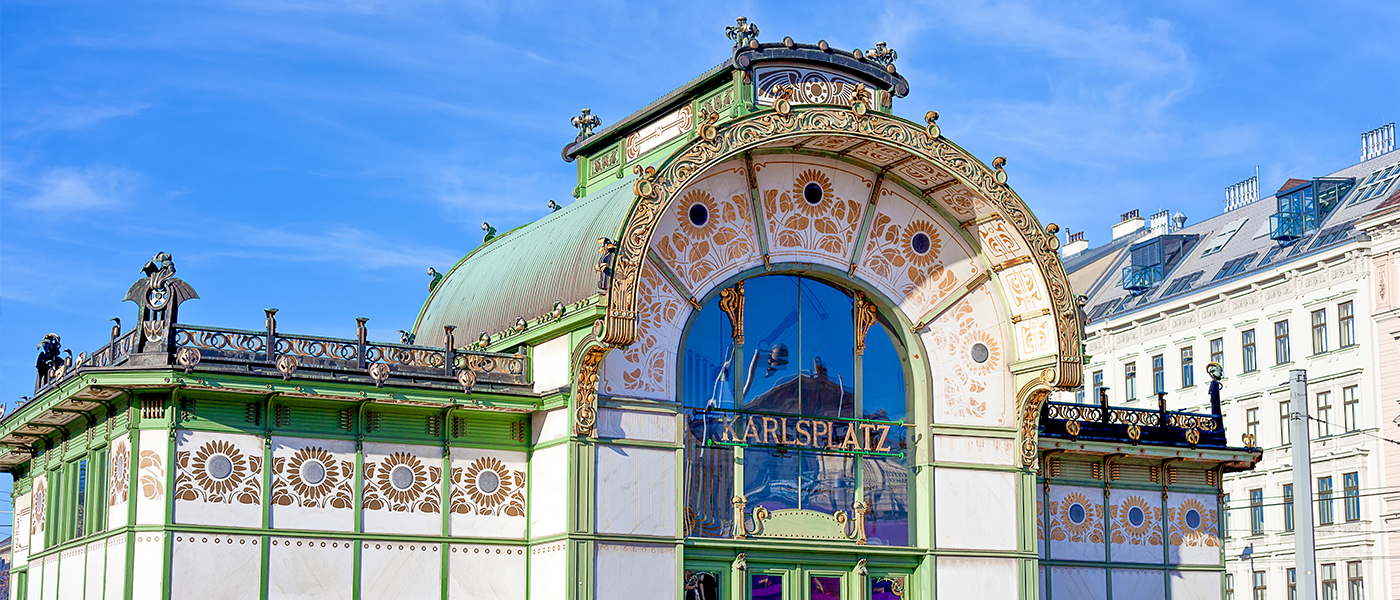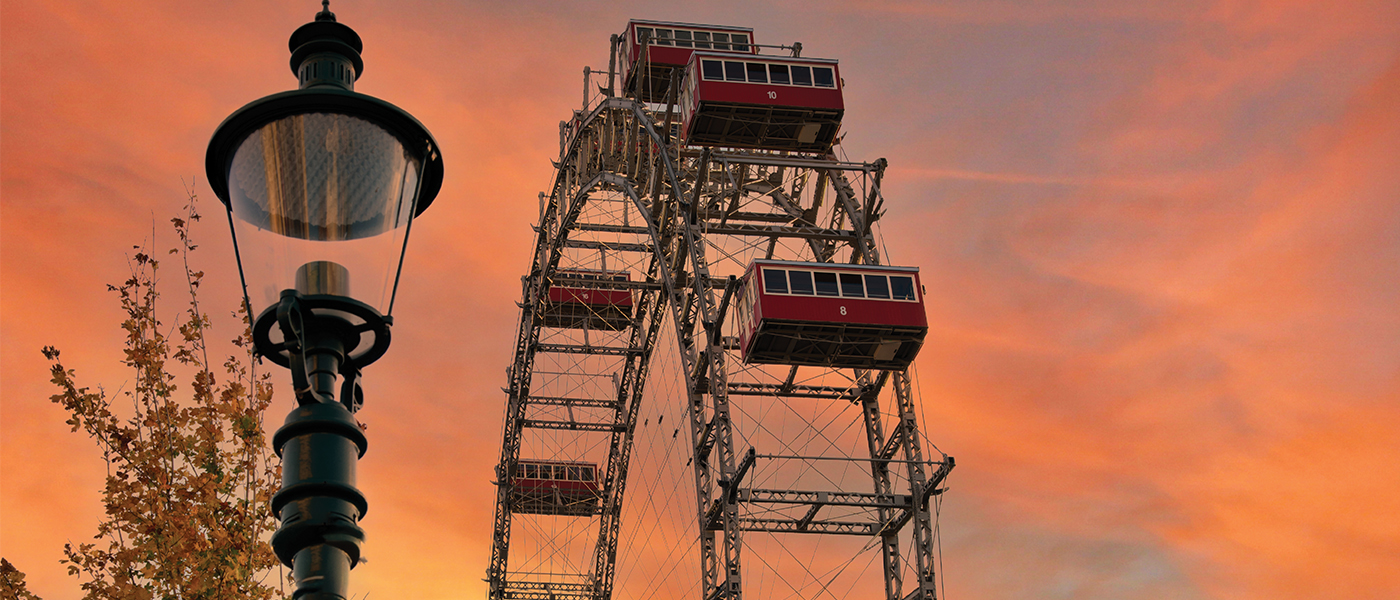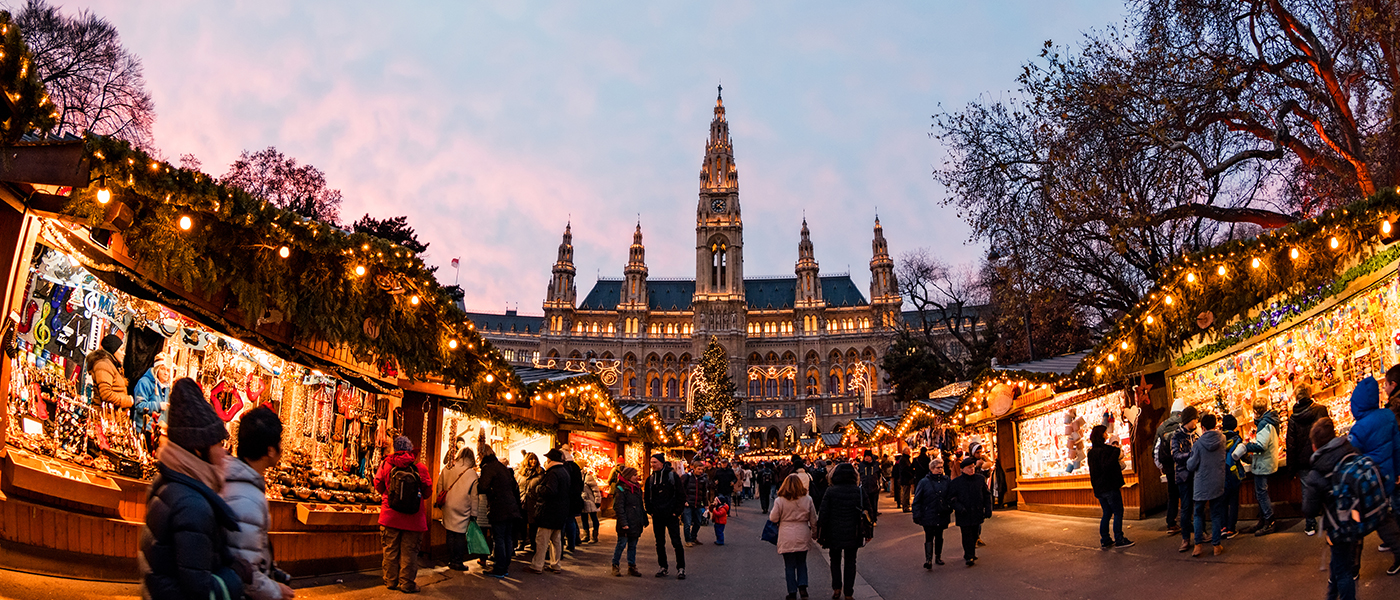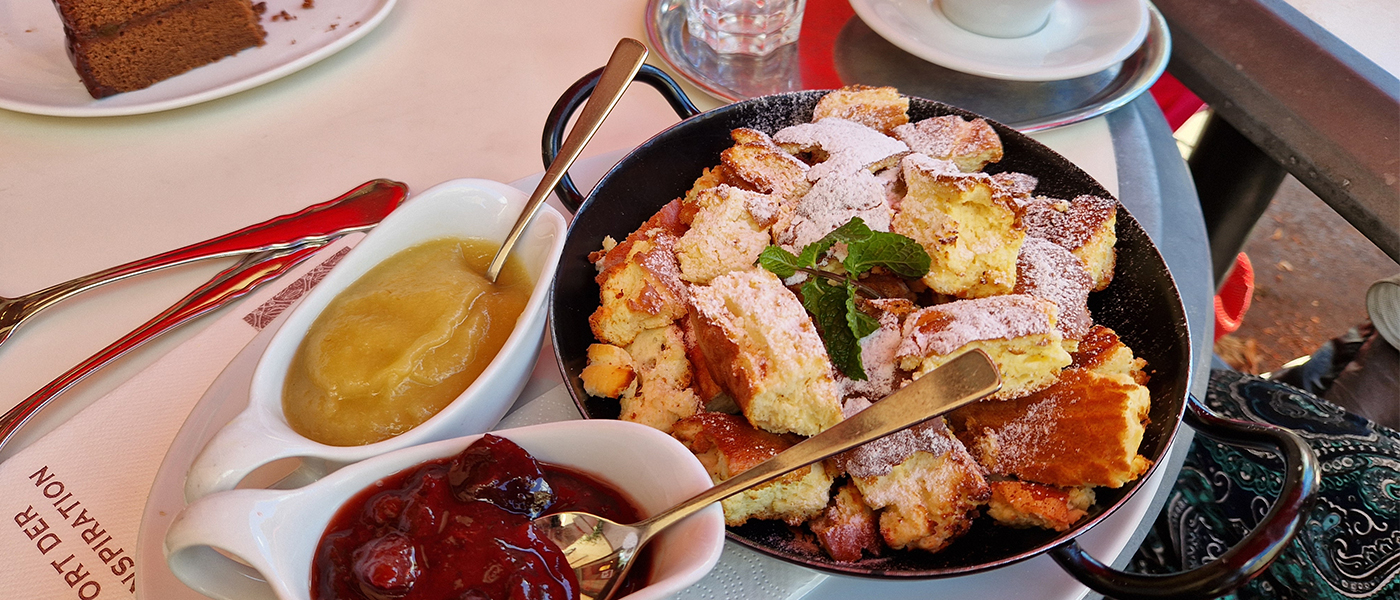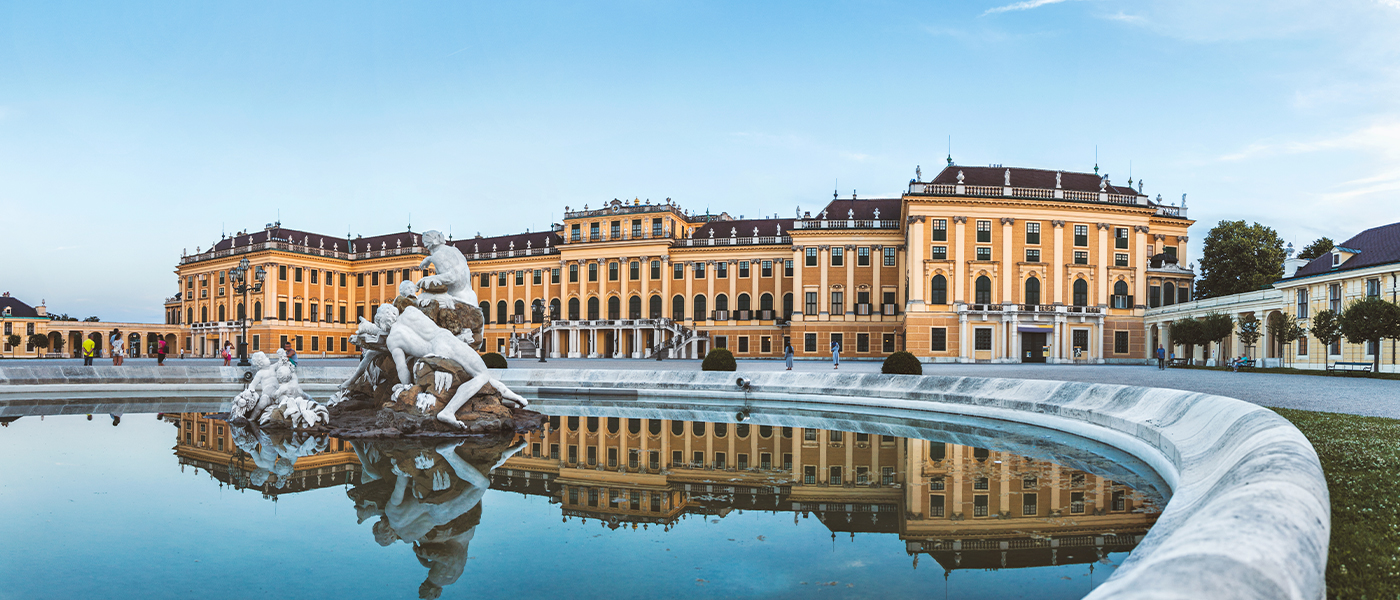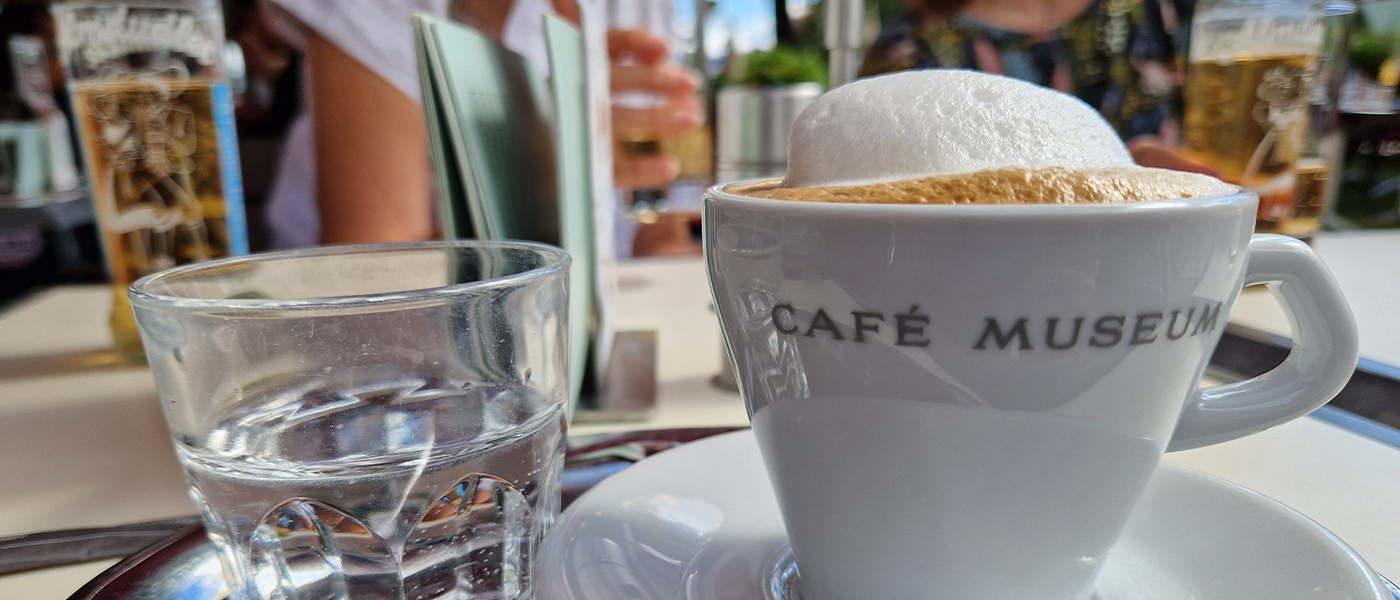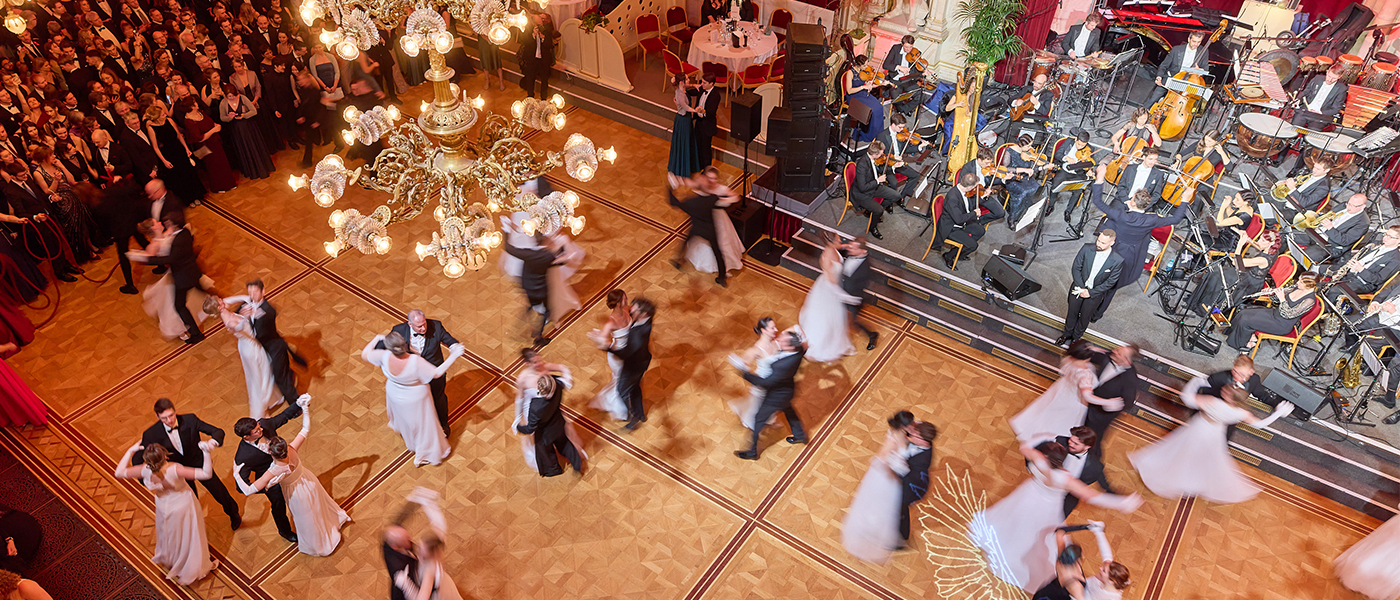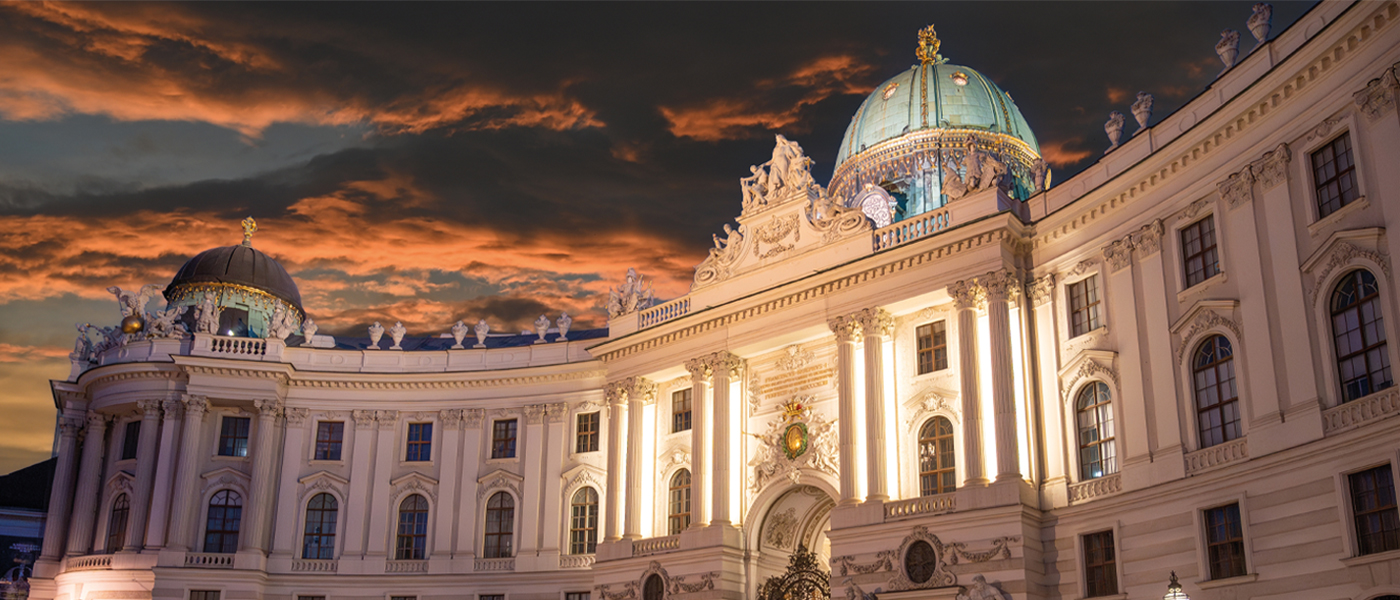
My Secret City: Vienna
With its rich history, artistic treasures and musical heritage, Vienna is one of the undoubted jewels of central Europe. Markéta Bajgerová Verly (MA 2018) takes us on a tour of the Austrian capital.
When someone says “Vienna”, visions come to mind of imperial architecture, classical concerts and galleries overflowing with Art Nouveau works from the dawn of the 20th century. While all of that is true, Vienna has many other unforgettable sights and spots woven into its fabric, and after half a decade of calling the city home, I finally feel confident enough to pass on some of my hard-won local secrets.
A classic vision of Vienna necessarily includes visiting museums, and my favourite is the Kunsthistorisches Museum, located right across from the Hofburg Palace (main image). The building itself is an impressive sight, and inside you can find diverse exhibits, from famous artworks to Greek and Roman antiquities. If your visit coincides with a ‘Kunstschatzi’ event, you’ll find an after-work party with disco balls, cocktails and themed guided tours. It’s also an incredible opportunity to walk the museum exhibits completely alone.
"The Kunsthistorisches Museum has the most stunning museum cafe I have ever been to – and I have built my career on researching museums!"
There are many more museums and galleries also worth visiting – I personally like MAK Museum of Applied Arts, Leopold Museum, Albertina and the Upper Belvedere. If you plan to visit several of these, I highly recommend getting the Bundesmuseenkarte, which grants you a year’s unlimited access to most of the famous museums for €99 – if you visit four or more, it is well worth it.
You cannot skip the world-famous Schönbrunn Palace, and more specifically, its gardens, which are accessible year-round for free. The Summer Night Concert by the Vienna Philharmonic in the palace grounds is both a visual and an artistic spectacle. Another must is taking a walk in the renowned Prater amusement park, well-loved by locals as much as tourists, so you will see groups of teenagers, Viennese families or birthday parties joining you on the rides if you dare to try them out!
If you get a little tired of the imperial palaces (no judgement, we’ve all been there) and would be interested in exploring some lesser-known architectural wonders, the most unforgettable is the work of Friedensreich Hundertwasser, whose colourful projects are a fascinating overlap between environmental protection and social welfare. Some of the best examples are the Spittelau garbage incinerator, the Hundertwasserhaus – public housing owned by the city of Vienna – and the nearby KunstHausWien, the museum where you can learn more about the works of this visionary artist or simply come for a tasty brunch in its Cafe Friedlich.
Another famous architect's work to follow in the streets of Vienna is Otto Wagner. Take the U4 subway line and marvel at his iconic Art Nouveau stations or visit the Österreichische Postsparkasse, formerly a savings bank and now part of the Austrian Academy of Sciences.
Unlike rivers in many European capitals, the water quality in the Danube means it’s safe to go for a dip within minutes of the city centre. You will find many public swimming spaces along the Alte Donau (Old Danube), easily reachable by the U1 subway, where you can either take an quick emergency cool-down or even spend a full day. Vienna also has a system of public baths with pools where you can enjoy a bit of relaxing – such as the Krapfenwaldl Pool, which has a view over the whole city from the poolside.
Neubaugasse, the ‘hipster’ capital of Vienna, houses many concept stores worth checking out if you are interested in design, slow fashion or home decor. Some of my favourite stores for window-shopping include Calienna (a paradise for plant-lovers), Kitsch Bitch (a dopamine explosion) and Maisonette Concept Store (products from female-owned brands).
"While, as a resident, it is easy to get into the crowd-induced Christmas fatigue, it would be a blatant lie to say that the Viennese do not love their Christmas markets."
The trick is to know which Christmas markets to go to. Feel free to take a picture at the most famous ones in front of the Rathaus, but then I recommend you walk on for ten more minutes – unknown to tourists, one of my favourites can be found on the main campus of the University of Vienna.
Regardless of whether you are confident with your ‘one-two-three, one-two-three’ waltzing moves, glamming up and attending a ball is a quintessentially Viennese experience of a lifetime. January marks the start of the ball season, and though they have a reputation for being pricey affairs, there are some more affordable ones such as the Vienna Ball of Sciences, held in the beautiful Rathaus, which has also a student discount option. Get out your gladrags on 24 January 2026 for the next ball!
ABOUT MARKÉTA
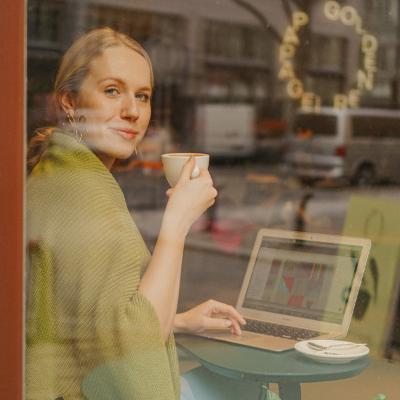
Image: Nina Subki
Markéta Bajgerová Verly is a political scientist researching memory politics and history museums in East Asia. Though originally from Prague, she considers Glasgow, where she started her academic journey as an undergraduate student 11 years ago, her second home. She has lived in Vienna for five years and enjoys romanticising her life there with exploring the newest coffee shops and drinking Aperol Spritz while planning the next travel adventure with her husband.
My food & drink hit list
Hours spent in museums and palaces will get you ready for a pick-me-up Viennese classic – the Wiener Schnitzel, traditionally made from veal and in a size that covers the whole plate. You will be told that the place with the best schnitzel is Figlmüller – and don’t get me wrong, they are good – but it is pricey and a little touristy, so for a more low-key but still beloved schnitzel experience I recommend Schnitzelwirt. Whenever the craving gets us, my friends and I go there.
For another quick snack, try a Leberkäsesemmel (meatloaf in a bread roll with mustard), which I recommend getting at one of the Leberkas-Pepi stores, or a Käsekrainerwurst (sausage filled with cheese) from one of the iconic Würstelstands – my favourite is Alles Wurscht (everything is sausage!)
A great spot for a very high-quality coffee is Goldener Papagei (the gold parrot), and another must is the Öfferl chain bakery which serves wonderful brunches, the best bread in Vienna, and the best Topfengolatschen – sweet curd pastries characteristic of Austria.
"Cafe Vollpension bridges generations by employing retired Austrian grandmas and grandpas to bake based on their family recipes."
Vienna is the only capital city in the world that produces significant quantities of wine within its city limits, with the vineyards easily reachable by public transport. Once you get there, you can walk around and have a great glass of Riesling in one of the many Heurigen in the area – a type of wine tavern and a treasured weekend meet-up space for many locals. My favourites are Weingut Wailand and Weininger am Nussberg.
Directly inside the Prater is a beer garden called Schweizerhaus where I go whenever I feel like eating a traditional pork knuckle. I will then finish up my day with a spritzer at The Living Kitchen, on the nearby rooftop of the Zoku Hotel, which looks over the lit-up park and the whole of the city.
My most beloved spot for an after-work Aperol Spritz is the family-run Casa Delizia, located in a quaint street a few minutes away from Stephansplatz (Vienna’s central square). While sipping on the glorious summer drink or a glass of perfectly chilled Prosecco, I highly recommend sampling one of their delicatessen-filled charcuterie boards.
It's important to finish on a sweet note, with some traditional coffee and cake in one of Vienna’s celebrated coffeehouses, where artists used to meet and drink melange (Viennese slang for a cappuccino) almost a century ago: Cafe Hawelka, Cafe Prückel (great for people-watching), Kaffee Alt Wien (secret tip: in the bathroom, press the red button for a moment of disco fun), or one of my favourites, Cafe Savoy. Here you can try the traditional Sachertorte (the original comes from Hotel Sacher, but I recommend taking it out from their flagship shop rather than waiting in the endless queue for the cafe), apple strudel with vanilla sauce, or Kaiserschmarrn – a torn-up pancake named after the emperor (Kaiser) Franz Joseph I.
This article was first published October 2025. All opinions expressed are the views of the author and are not endorsed by the University of Glasgow.
TOP 10 VIENNA ATTRACTIONS
- Schönbrunn Palace – world heritage site reflecting the imperial lifestyle
- Historic centre – including the Ringstrasse, lined with grand buildings, parks and monuments
- Kunsthistorisches (Art History) Museum – one of the world’s foremost museums, spanning five millennia
- Belvedere Museum – the historic palace houses numerous works by Gustav Klimt
- Stephansdom (St Stephen’s Cathedral) – a national symbol, famed for its intricately tiled roof
- The Hofburg – imperial palace including the famous Spanish Riding School
- Vienna Zoo – set in the royal gardens of Schönbrunn Palace
- Austrian National Library – enjoy a walk through literary history while marvelling at the high-ceilinged frescoes
- Vienna State Opera – grand opera house with over 300 performances each year
- Prater – beloved traditional amusement park with the famous ‘Riesenrad’ Ferris wheel
From Tripadvisor, October 2025


